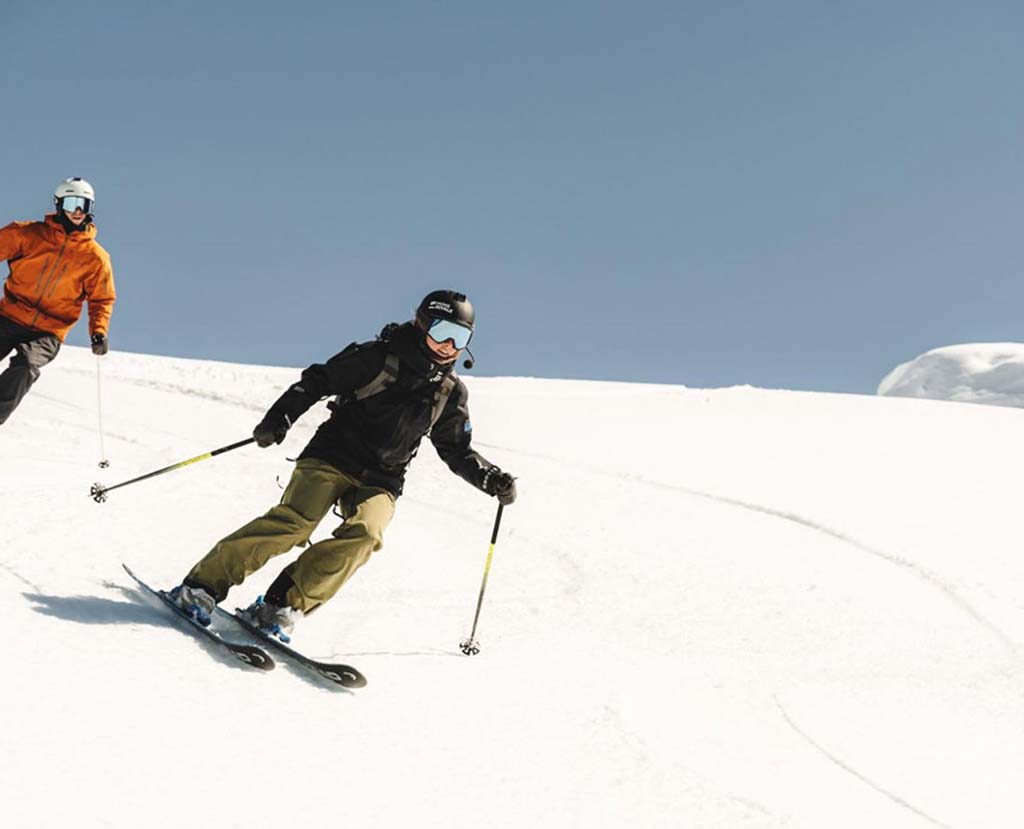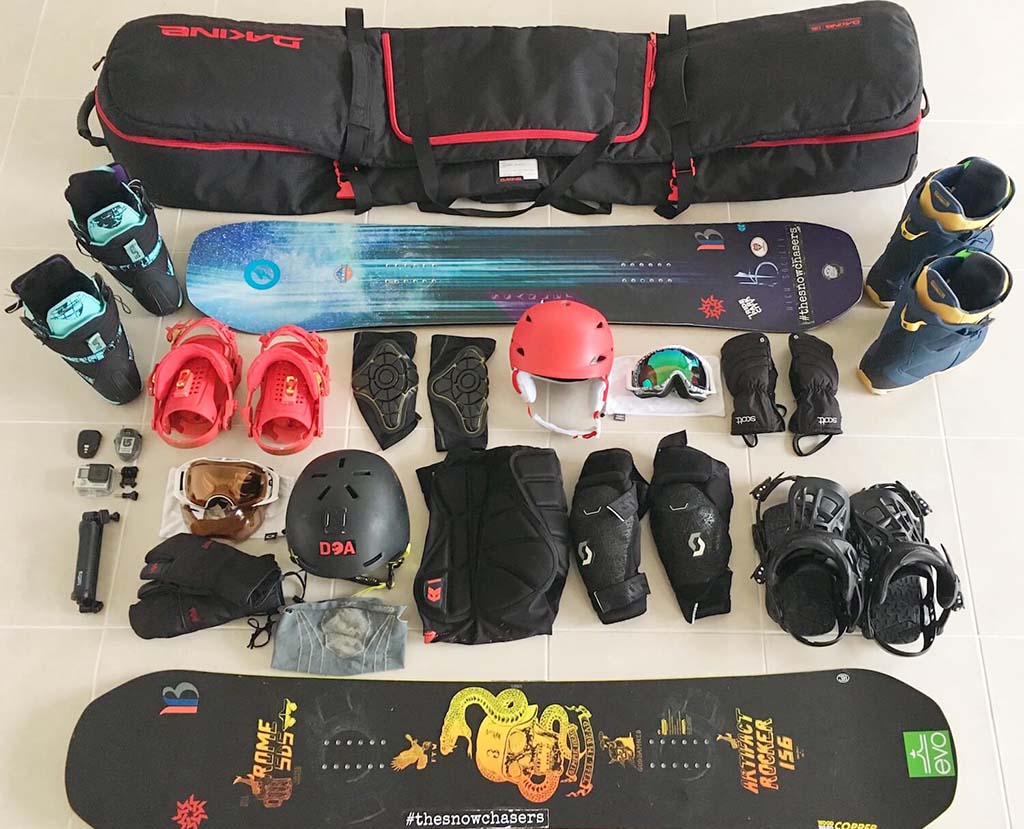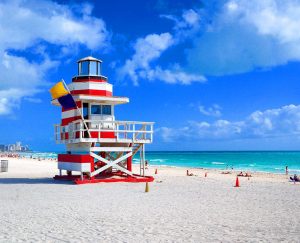Planning Your Visit
Maloja, nestled amid the Swiss Alps, is a destination of enchanting beauty that captivates visitors across different seasons. Each season brings its unique allure, but it’s during winter when Maloja truly transforms into a picturesque snowy wonderland.
From December to March, the landscape of Maloja undergoes a magical metamorphosis. Thick blankets of snow cloak the entire region, turning it into a pristine paradise adorned in white. Winter enthusiasts and avid skiers flock to Maloja during these months, drawn by the promise of thrilling adventures on the slopes and the opportunity to engage in a myriad of winter sports.
The months of December through March offer the perfect conditions for snow-based activities like skiing, snowboarding, and snowshoeing. The slopes come alive with the swishes of skis and snowboards, as locals and tourists alike revel in the exhilarating rush of gliding down powdered trails. Maloja’s ski areas, boasting well-groomed slopes and varying levels of difficulty, cater to both seasoned professionals and beginners seeking to hone their skills.
However, for travelers seeking a quieter and more contemplative experience amidst Maloja’s stunning landscapes, the shoulder months of November and April offer a serene escape. During these off-peak months, the crowds thin, allowing for a more intimate connection with the region’s natural beauty. The crisp air, the tranquility of the snow-covered landscapes, and the fewer visitors present a unique opportunity to explore Maloja at a more leisurely pace. It’s a time when you can appreciate the serene beauty of the Alpine setting, go for peaceful walks, or immerse yourself in the cultural heritage without the bustling crowds.
Whether you prefer the thrill of winter sports during the peak months or the peaceful ambiance of the shoulder seasons, Maloja welcomes visitors with its diverse offerings and breathtaking scenery throughout the year. Each season presents a distinct charm, ensuring that every traveler finds their own slice of paradise in this Alpine gem.
Packing Essentials
Packing appropriately for a trip to Maloja during the winter months is essential to ensure comfort and enjoyment amidst the snowy Alpine landscapes. Here’s a detailed breakdown of essential items to include in your packing list:
Layered Clothing: The key to staying warm in a cold climate is layering. Pack thermal innerwear as a base layer, followed by insulating layers such as sweaters or fleece, and top it off with a waterproof and windproof outer layer. This allows you to adjust your clothing based on changing temperatures and activities.
Waterproof Outerwear: A durable and waterproof jacket and pants are indispensable in snowy conditions. Look for materials that offer both insulation and protection against moisture to keep you dry and warm throughout your stay.
Insulated Boots: Opt for sturdy and insulated boots designed for snowy terrain. Waterproof boots with good traction are crucial to navigate the snow-covered landscapes comfortably and prevent slipping.
Gloves and Hats: Pack insulated, waterproof gloves or mittens to keep your hands warm and dry. Additionally, include a warm hat or beanie that covers your ears to retain body heat.
Sunglasses: The reflection of sunlight on snow can be intense and potentially harmful to the eyes. Bring UV-protective sunglasses or goggles to shield your eyes from glare and UV rays.
Sunscreen and Lip Balm: Despite the cold temperatures, the sun’s rays can still cause skin damage, especially in high-altitude areas. Carry a high SPF sunscreen to protect exposed skin, and include a moisturizing lip balm with SPF to prevent chapped lips in the dry, cold air.
By packing these essential items, you’ll be well-prepared to stay warm, dry, and protected during your winter adventure in Maloja. Additionally, consider carrying a small backpack to carry water, snacks, and any additional layers or gear you might need during your explorations in the snowy landscapes.

Choosing Accommodation
Book accommodations in advance, considering winter packages and proximity to ski areas. Research hotels, chalets, or lodges to suit your preferences and budget.
Getting Around
Trains: Maloja benefits from a well-connected railway network, making trains an excellent mode of transport for travelers. The Rhaetian Railway (RhB) serves this region, offering scenic train journeys through the breathtaking Alpine landscapes. The Maloja region itself doesn’t have a train station, but nearby towns like St. Moritz, Pontresina, or Samedan have stations that connect to Maloja by bus or taxi.
Buses: Buses are a convenient means of navigating within Maloja and its surrounding areas. The Engadin Bus network operates regular services connecting various towns, ski resorts, and attractions. Bus routes efficiently link Maloja to nearby destinations, ski areas, and points of interest. These buses are equipped to transport visitors to popular skiing spots, making them a reliable option for winter sports enthusiasts.
Private Transportation: Taxis and private shuttles offer personalized transport services, providing flexibility and convenience, especially for travelers with specific schedules or destinations not covered by public transportation. While slightly more expensive, they offer a comfortable and direct way to reach your desired locations within and around Maloja.
Car Rentals: Renting a car can offer flexibility, especially if you plan to explore off-the-beaten-path locations or prefer autonomy in your travel itinerary. Car rental services are available in nearby towns or at major airports, granting visitors the freedom to travel at their own pace and access more remote areas.
When planning your travels in Maloja, consider the frequency and accessibility of transportation options, especially during the winter season when weather conditions might influence schedules. It’s advisable to check timetables, routes, and any seasonal variations in services to ensure a smooth and enjoyable journey to the region’s ski spots, attractions, and scenic vistas.
Winter Activities
Skiing and Snowboarding: Maloja boasts excellent ski slopes catering to various skill levels. Whether you’re a novice or an expert, there are slopes suitable for everyone. Carve through the powder at popular ski resorts like Corvatsch or Corviglia, known for their well-groomed trails and stunning panoramas.
Snowshoeing: Embark on snowshoeing adventures to explore Maloja’s pristine winter landscapes at a more tranquil pace. Traverse snow-covered trails, meander through enchanting forests, and discover hidden vistas inaccessible by regular hiking trails.
Guided Tours: Opt for guided tours led by knowledgeable local guides who can showcase Maloja’s beauty and share insights into its history and natural wonders. Explore the region’s hidden gems, discover off-the-beaten-path locations, or join thematic tours focusing on wildlife, photography, or cultural heritage.
Trübsee Lake: Experience the serene beauty of Trübsee Lake, accessible via a cable car ride. Engage in activities like ice skating or snowshoeing around the lake’s picturesque shores. The tranquil setting amidst snow-covered surroundings offers an idyllic escape.
Engadin Cuisine: Indulge in the delights of Engadin cuisine at local restaurants. Savor traditional dishes like pizzoccheri (buckwheat pasta), capuns (Swiss chard rolls), or hearty soups served in cozy mountain chalets. Warm up with a mug of mulled wine or hot chocolate after a day in the snow.
Traditional Swiss Fondue: Delight in the quintessential Swiss fondue experience. Dip bread into melted cheese, enjoying this iconic dish in the cozy ambiance of a mountain restaurant, creating memorable culinary experiences.
Immersing yourself in these winter activities allows you to truly appreciate the charm and natural beauty of Maloja during the snowy season. Whether you’re seeking adrenaline-pumping adventures on the slopes or serene moments amidst pristine winter landscapes, Maloja offers a diverse range of experiences to suit every traveler’s desires.
Safety Measures
Respect Signage and Trail Markings: Follow designated paths, ski runs, and trails, and adhere to all posted signs and markers. They provide essential information regarding potential hazards, closed areas, or specific instructions for safe navigation.
Avalanche Awareness: Check avalanche warnings and forecasts regularly, especially if you plan to venture off-piste or into backcountry areas. Understanding the avalanche risk level and being aware of local advisories can prevent potential dangers.
Stay on Designated Trails: When skiing, snowboarding, or snowshoeing, stick to marked trails and avoid venturing into closed or restricted areas. This helps minimize the risk of accidents and ensures your safety, particularly in unfamiliar terrains.
Carry Safety Equipment: If exploring off-piste or remote areas, carry essential safety equipment such as an avalanche transceiver, shovel, and probe. Additionally, consider wearing a helmet during winter sports activities for added protection.

Monitor Weather Conditions: Keep an eye on weather forecasts and changes in weather conditions. Unpredictable weather patterns can impact visibility, snow quality, and the risk of avalanches or other hazards.
Seek Local Advice: Consult local authorities, ski patrol, or experienced guides for advice and information about current conditions, recommended routes, and potential risks. Their knowledge of the area can be invaluable in ensuring a safer and more enjoyable experience.
By adhering to these safety measures and being vigilant in the Alpine environment, you can significantly reduce risks and enhance the safety of your winter adventures in Maloja. Prioritizing safety allows you to enjoy the stunning surroundings and exciting activities while minimizing potential hazards.
Culture and Local Experiences
Participate in local festivals, explore historic sites, and engage with locals to learn about the region’s rich culture and heritage.
Maloja promises an unforgettable Alpine experience. By considering these tips, you’ll make the most of your journey, creating enduring memories in this snowy paradise.


